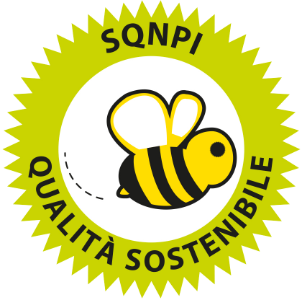CORTE ADAMI Soave DOC
Tasting Notes
The essence of Garganega. This is a Soave in which the typical notes of the grape (in the nose and on the palate), acquire a modern style without distorting their territorial origin. On the palate it is full and complex, elegant and fresh, as well as aromatic.
CSPC +872309
Vintage: 2023
Case: 12x750ml
Region: Veneto, Italy
Varietals: Garganega and Trebbiano di Soave
SUSTAINABLY GROWN
Veneto, Italy
90 Points
A fresh Soave with hints of green mangoes, bananas and grapefruit. Some quince and nectarines on the palate. Fresh, easy and drinkable. Sustainable. Drink chilled.
Garganega /gar gah NEH gah/
Known as Grecanico in the south of Italy, Garganega is one of Italy's oldest varietals that’s loved for its lean, dry style that gains rich tangerine and toasted almond notes as it ages. Garganega is the main grape of Soave, Typical characteristics are white flowers, apricot, citrus, yellow apple, and hay.
Trebbiano di Soave /trehb bee AH noh dee SWAH veh/
This ancient varietal almost disappeared from the world. The high quality - low yielding grape variety had been the backbone of Soave Classico until the Second World War. Ripped out in favor of mediocre grapes that produced higher yields, Trebbiano di Soave almost went extinct.
Vineyard Notes
Estate vineyards for this wine. The Garganega is located in the Castelcerino hills, at an altitude of 350 meters, while Trebbiano is in Soave.
Soave
The climate of the Soave region is influenced by the mists that flow from the Po Valley in the autumn. Only white wine is produced in the Soave region, and a minimum of 70% must be the Garganega grape. For Soave DOC wine, up to 30% of the blend can come from Trebbiano di Soave, also known as Verdicchio and Nestrano.
Technical Notes
Average age of the vines: 35 years
Plants per hectare: 3.000
Exposure: South east
Soils: substrate of volcanic origin, lying on tufaceous components
Residual sugar: 3.5 gr/l
Acidity: 6.00 gr/l
Vinification: Fermentation takes place in stainless steel tanks at a controlled temperature. The new wine stays in contact with its yeast lees for almost two months.








